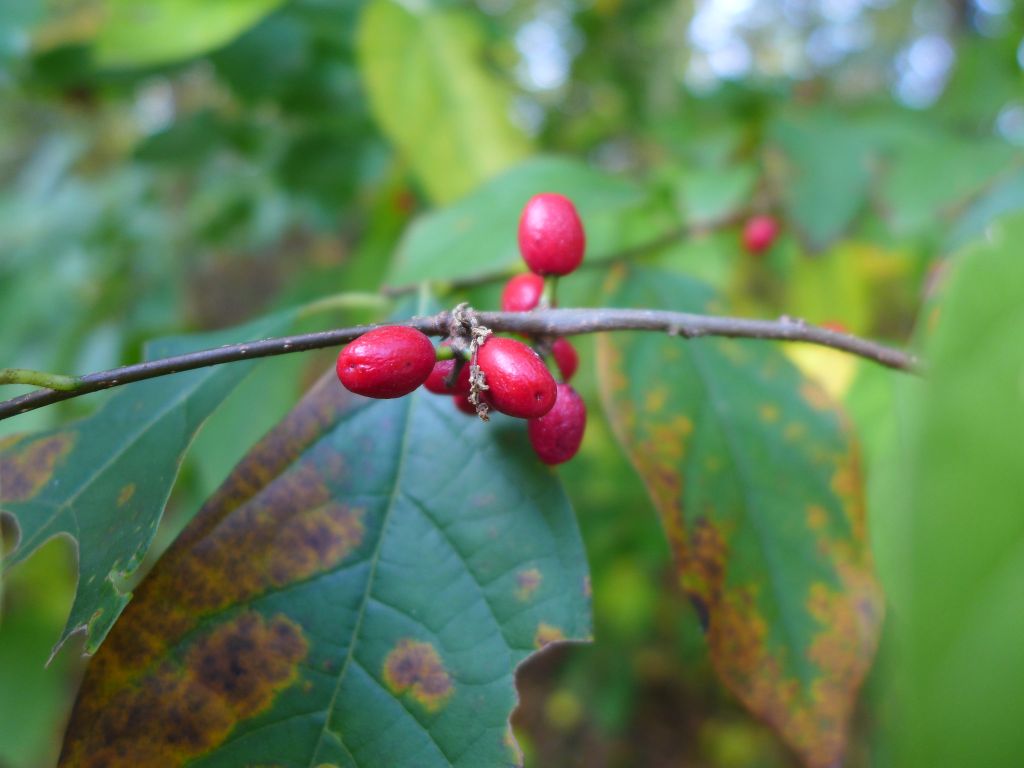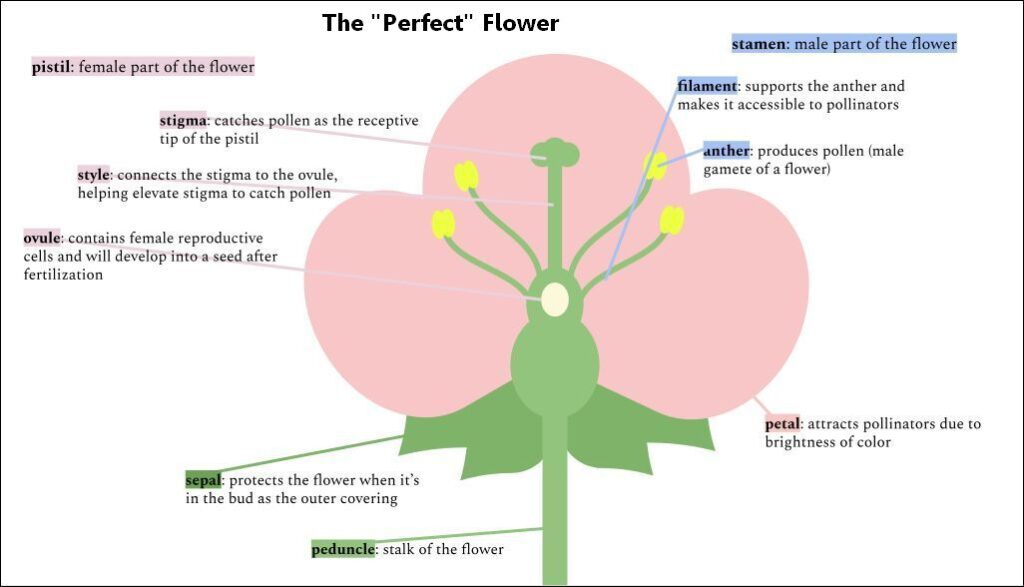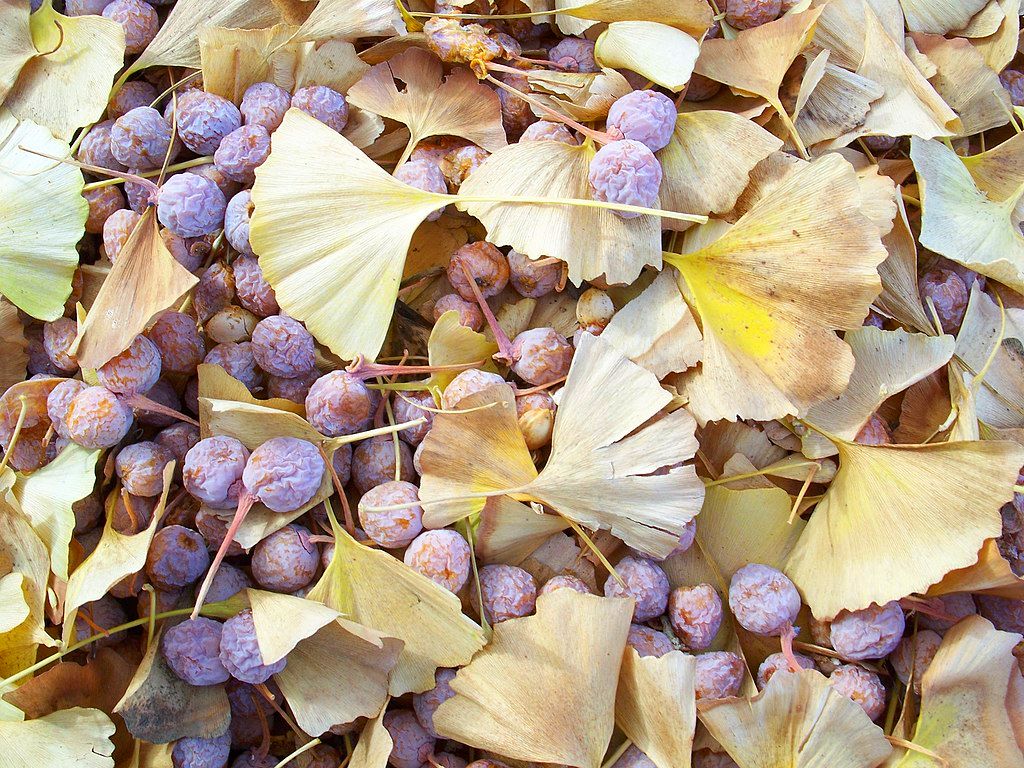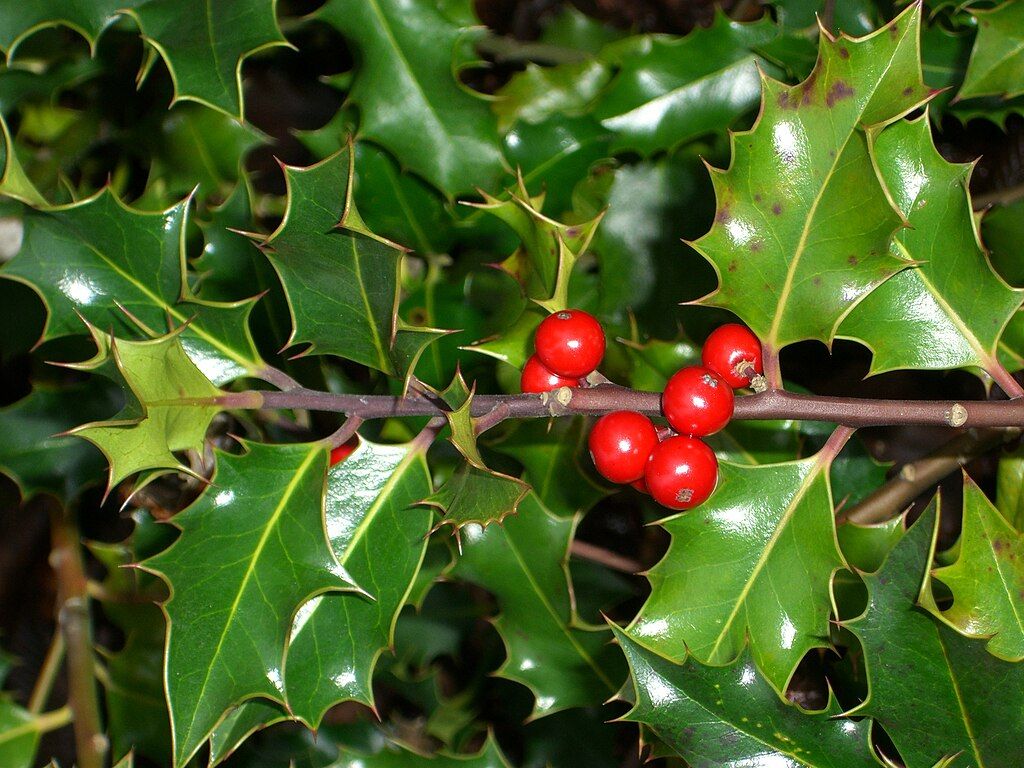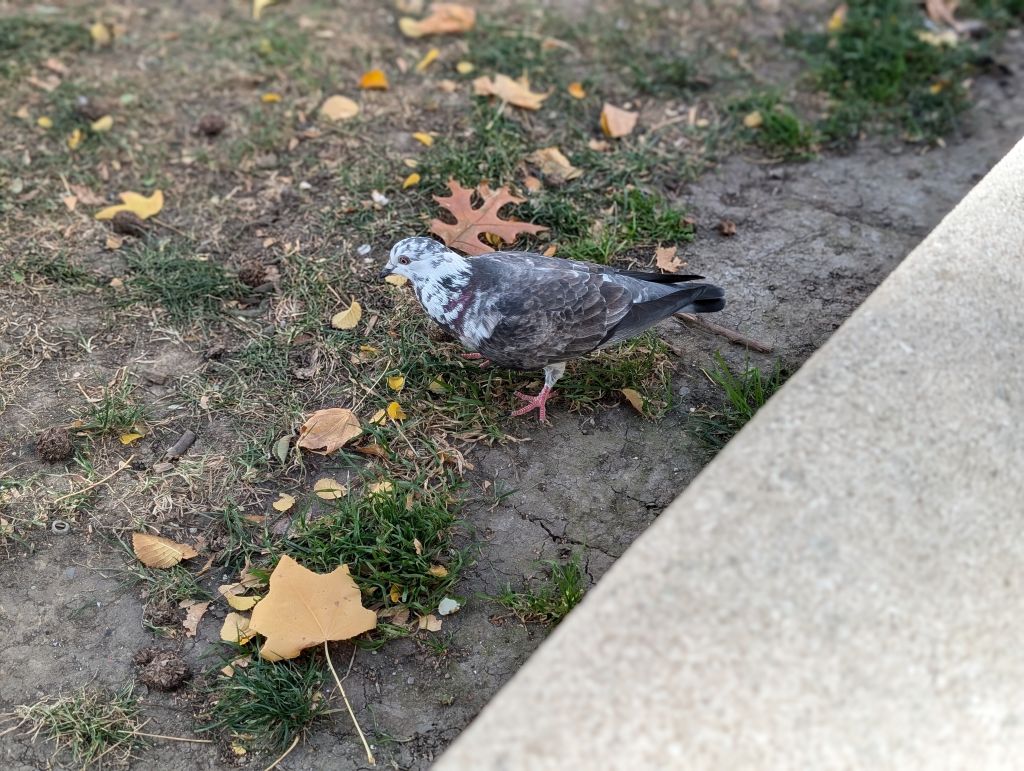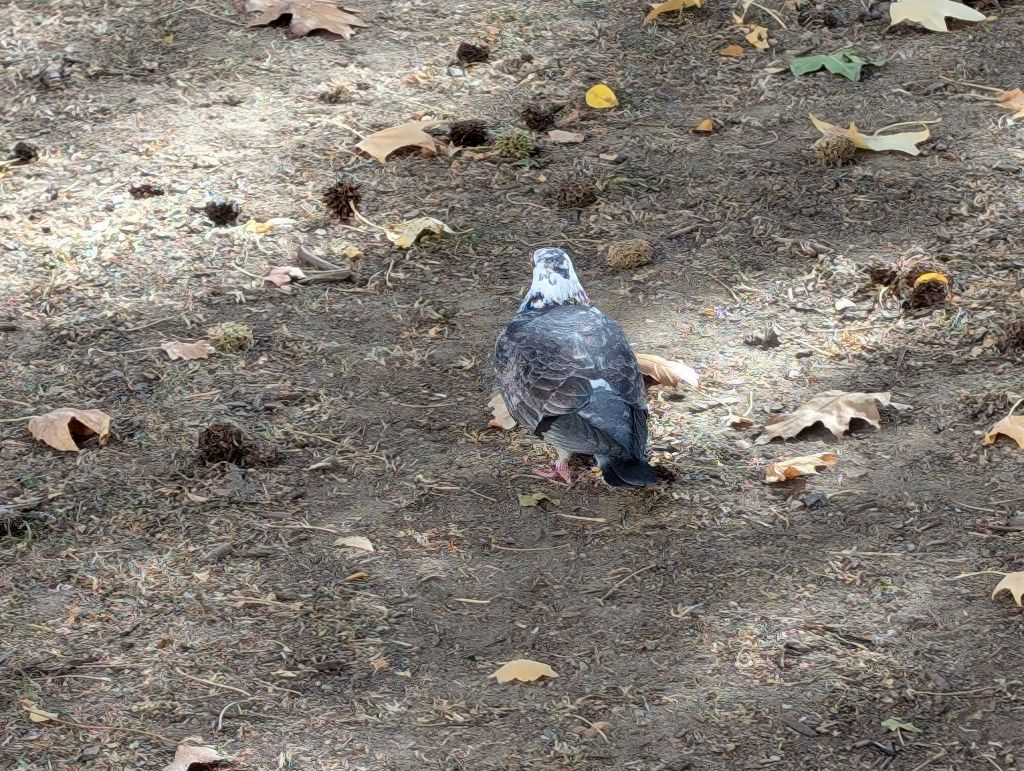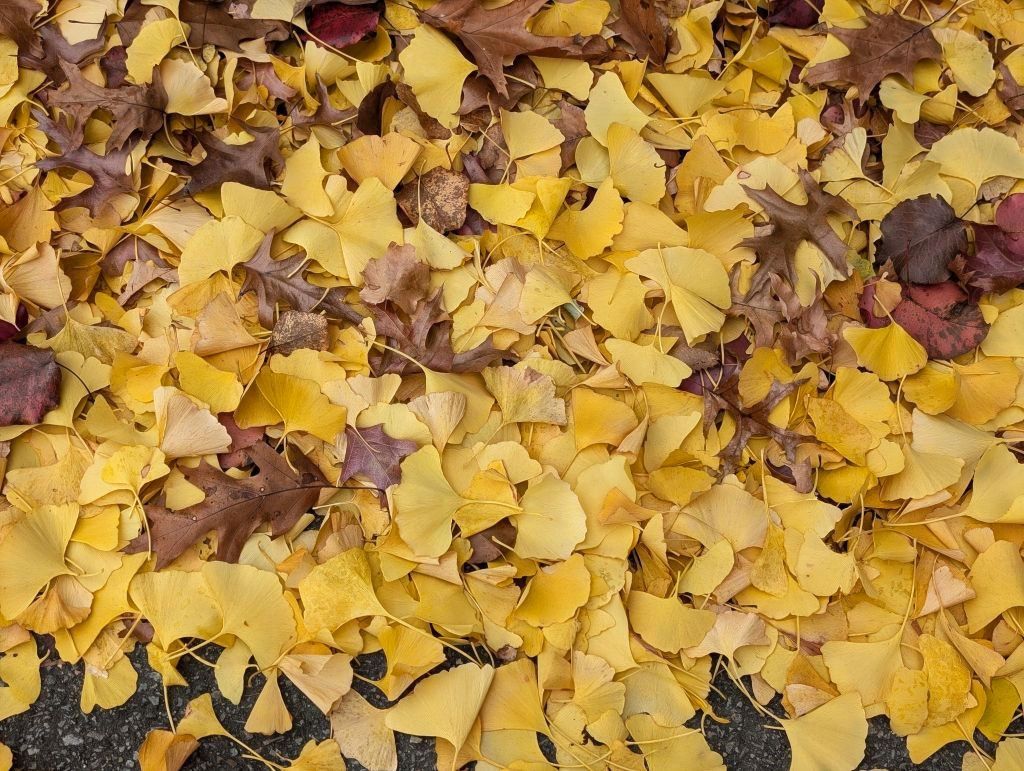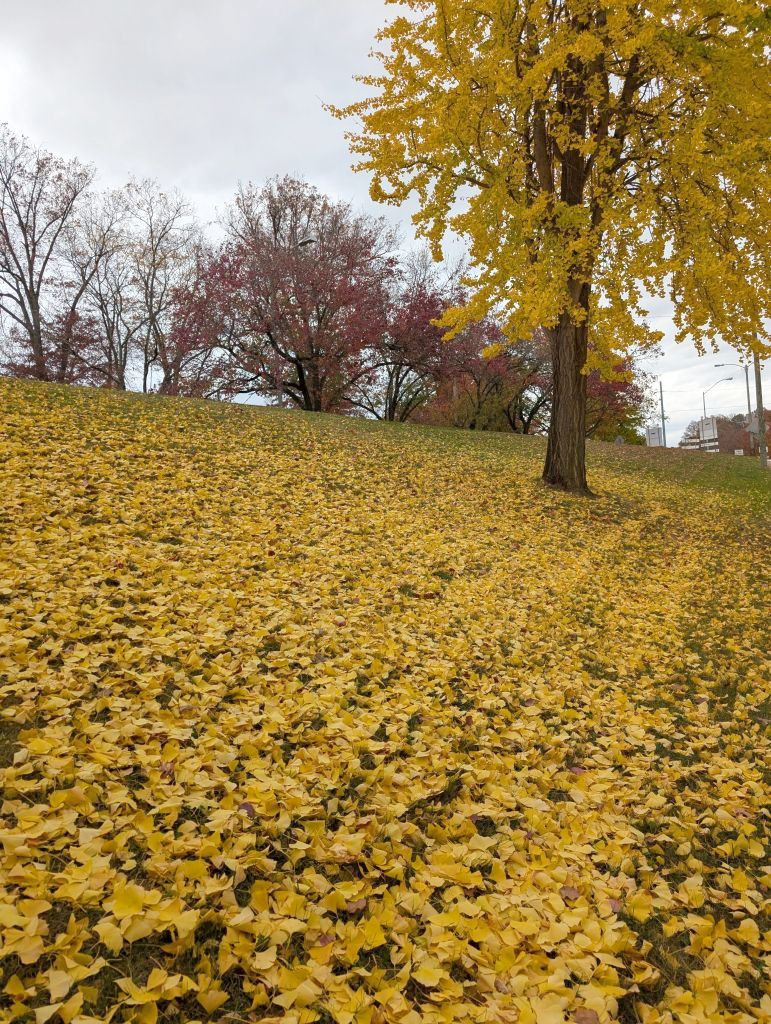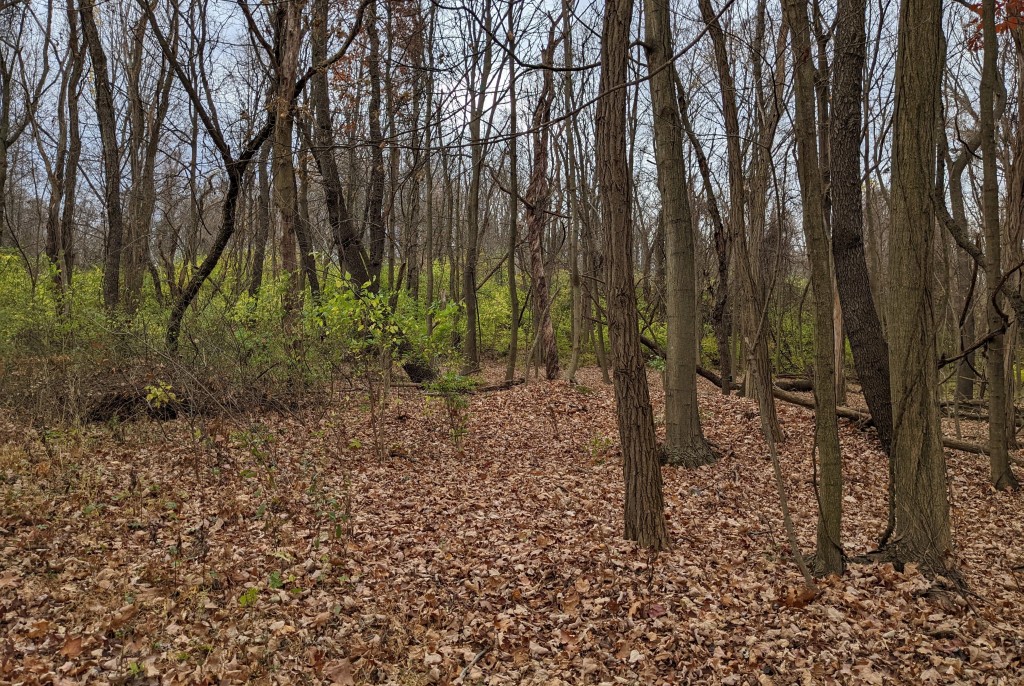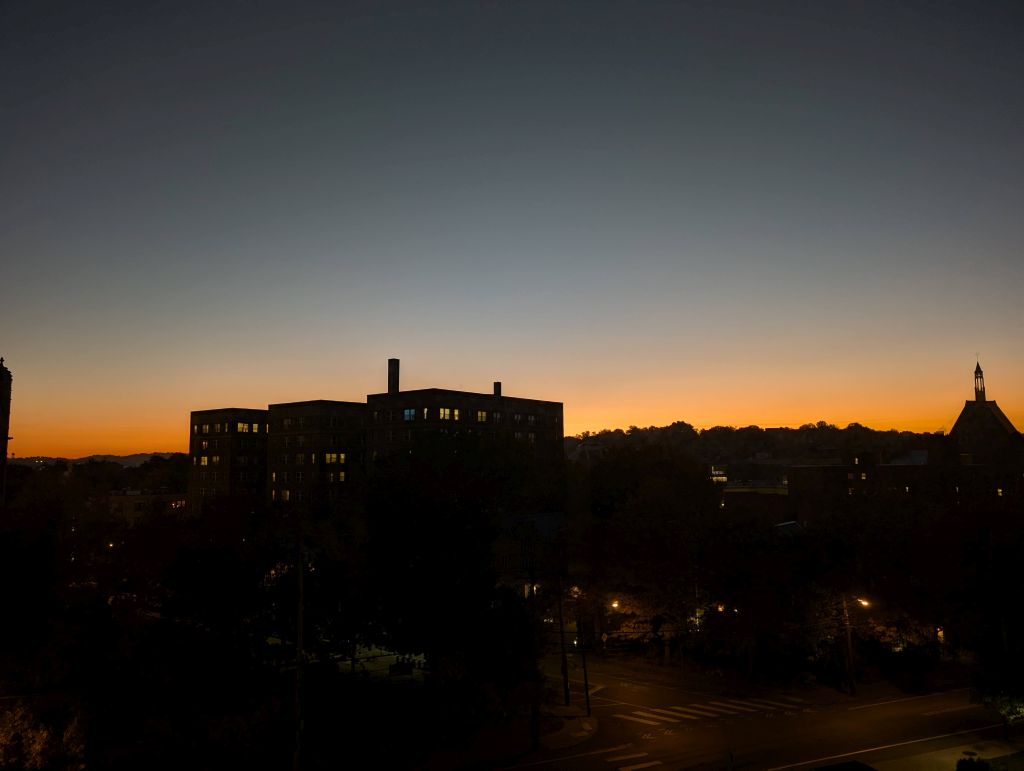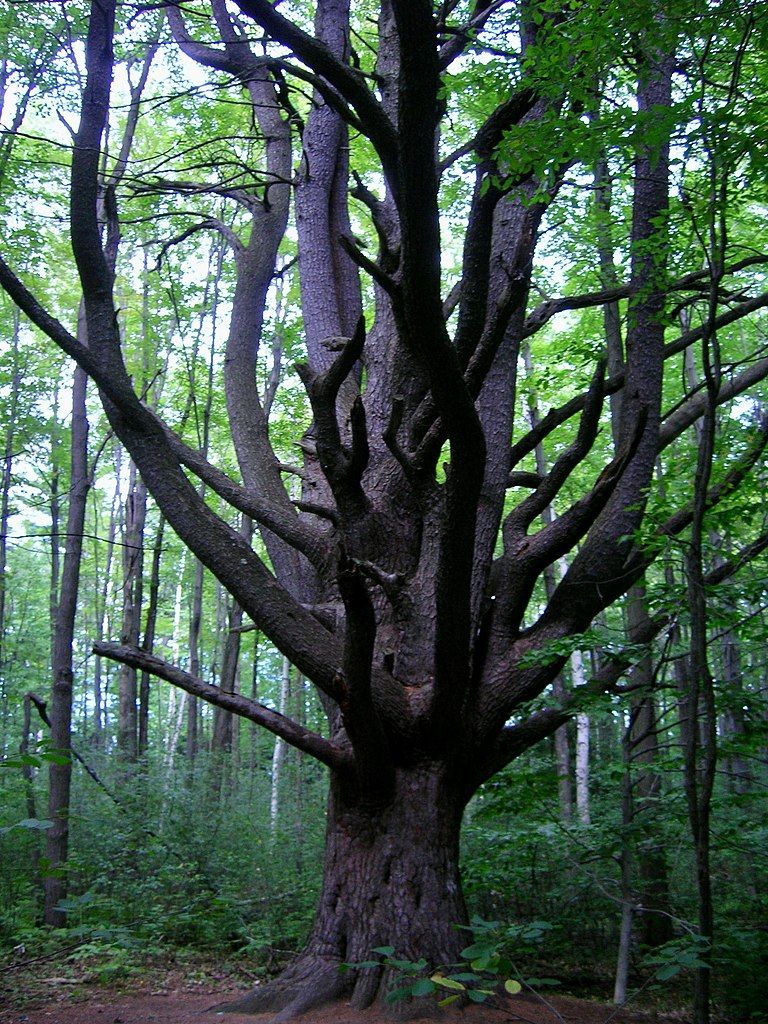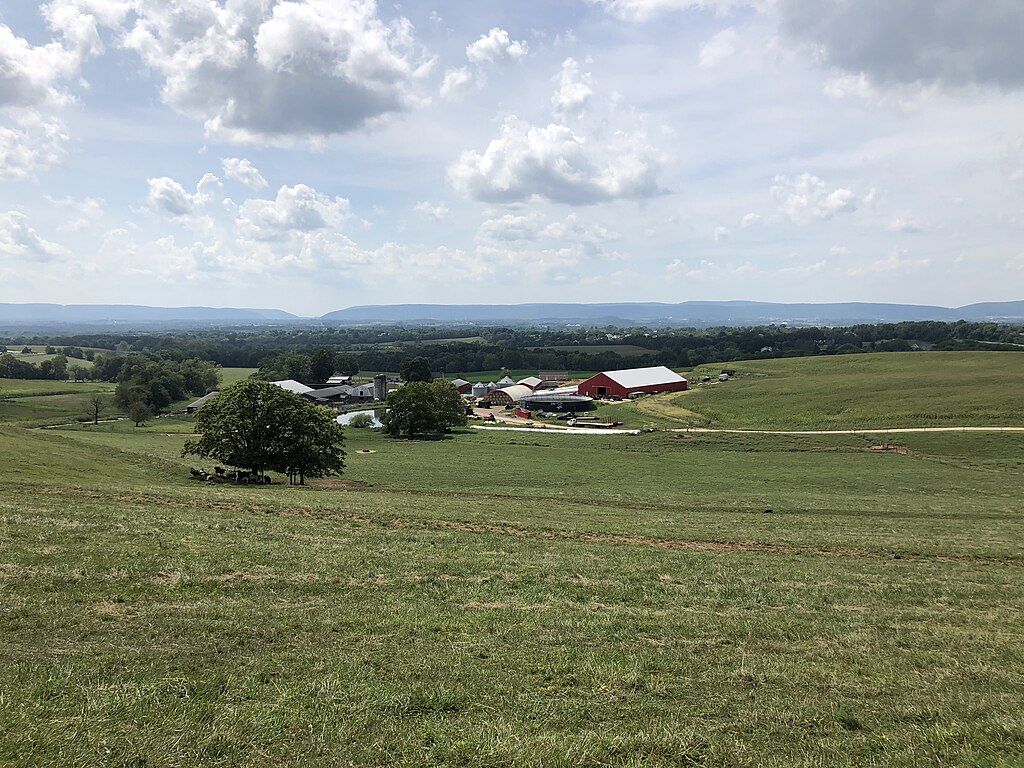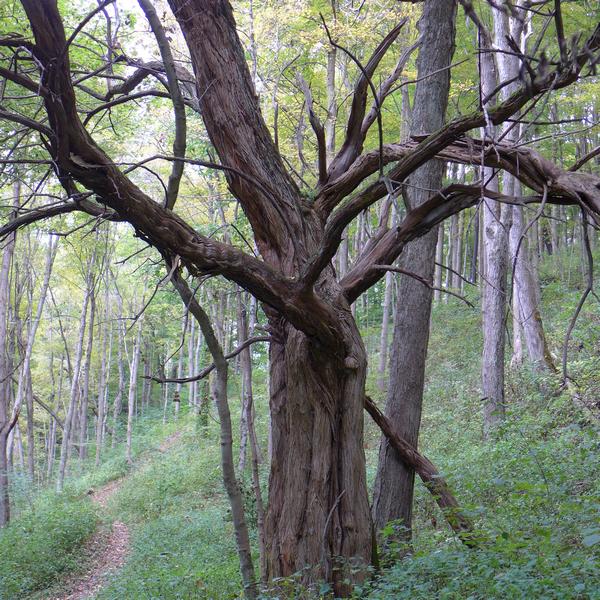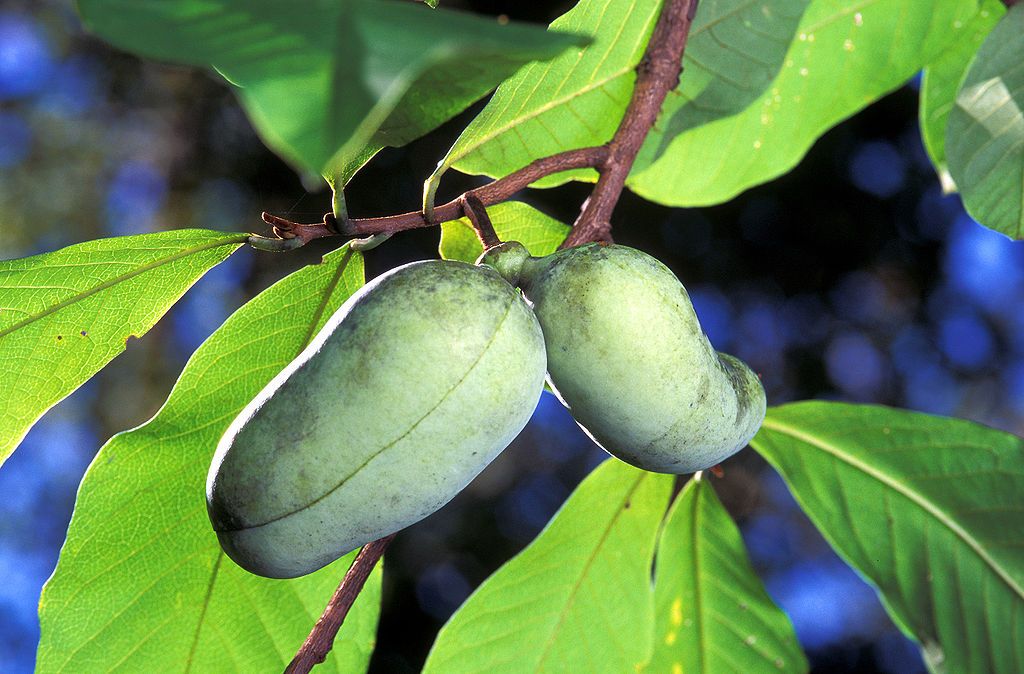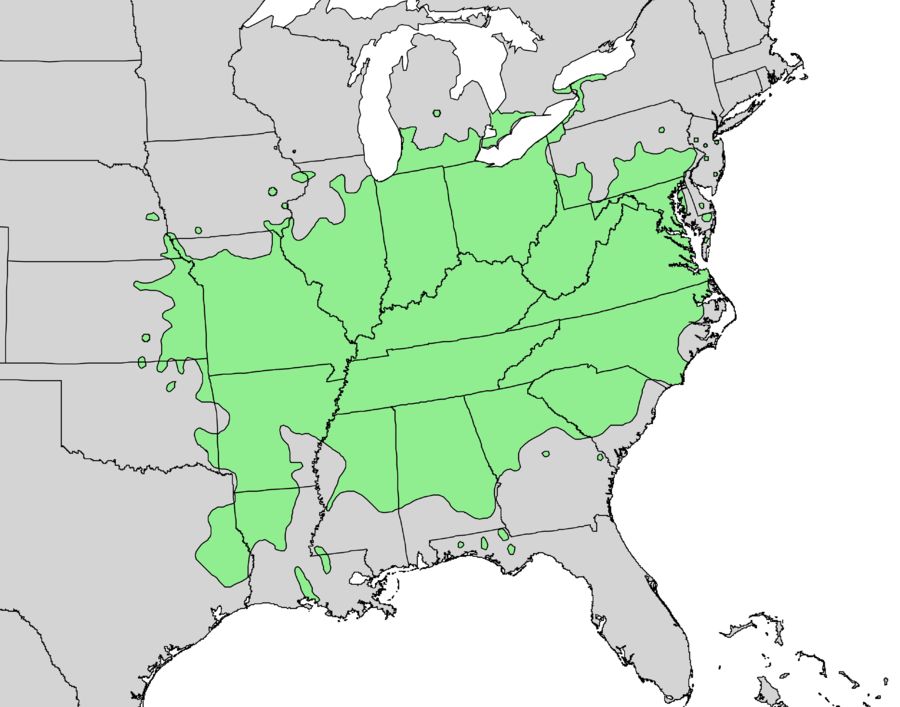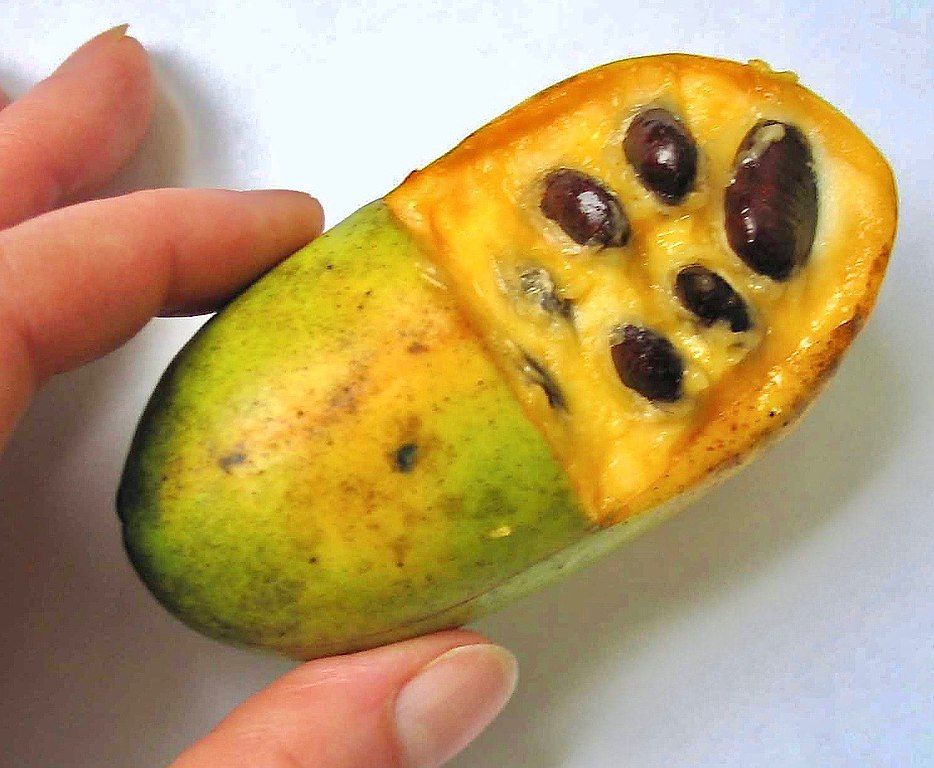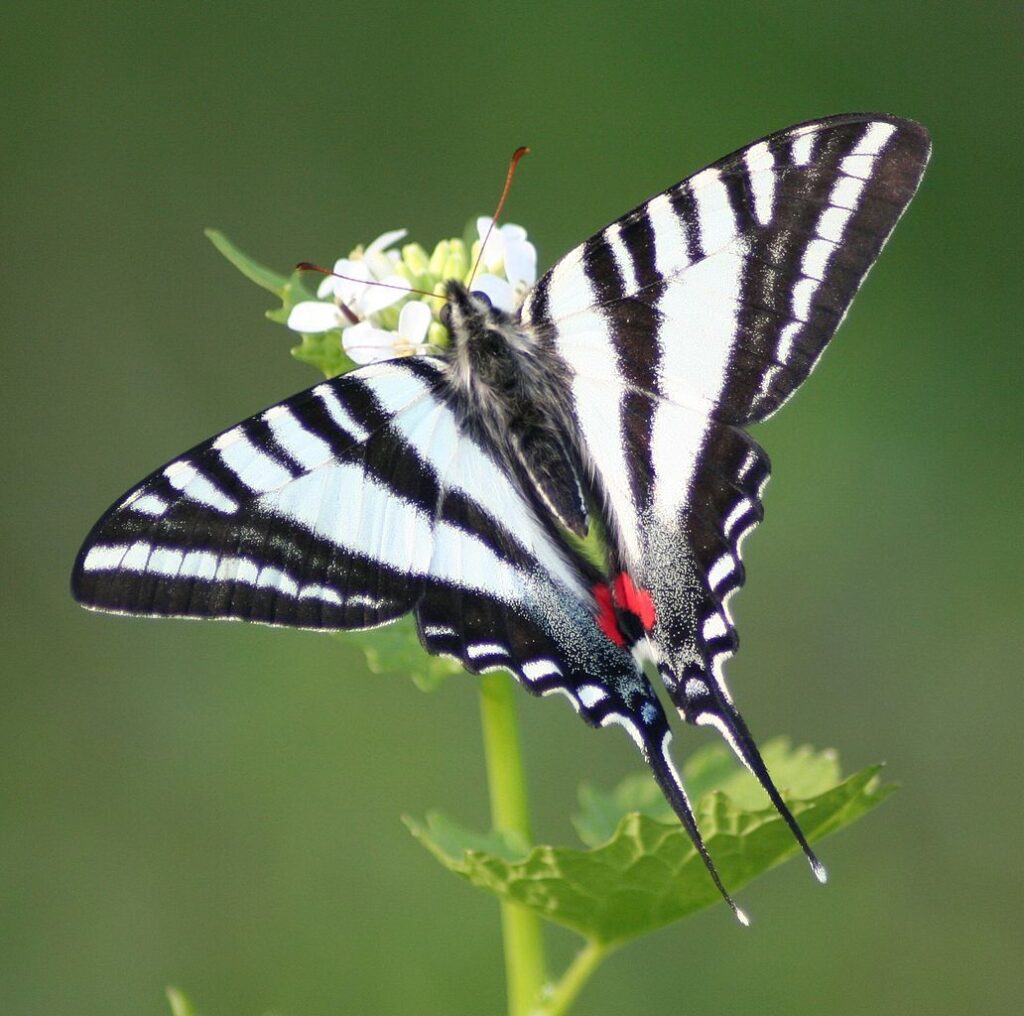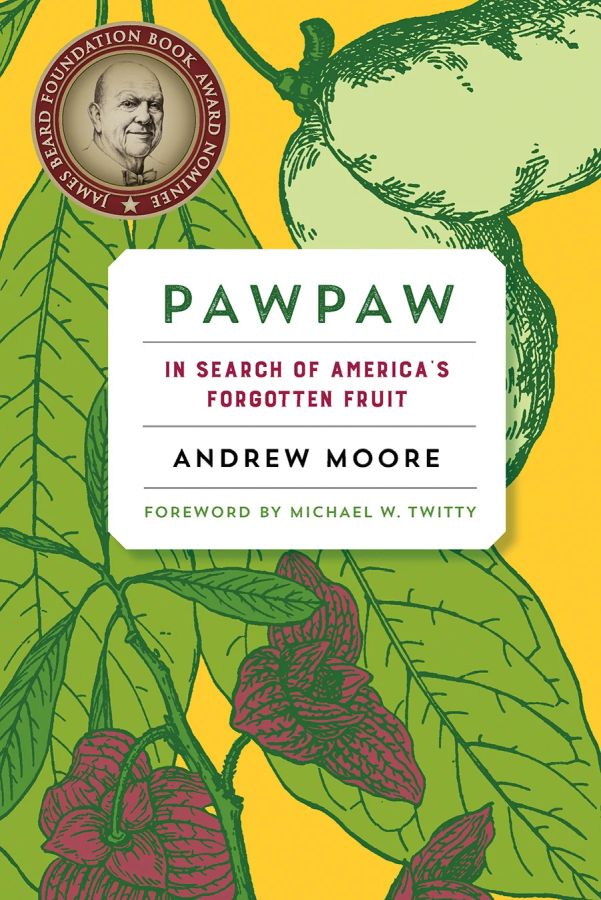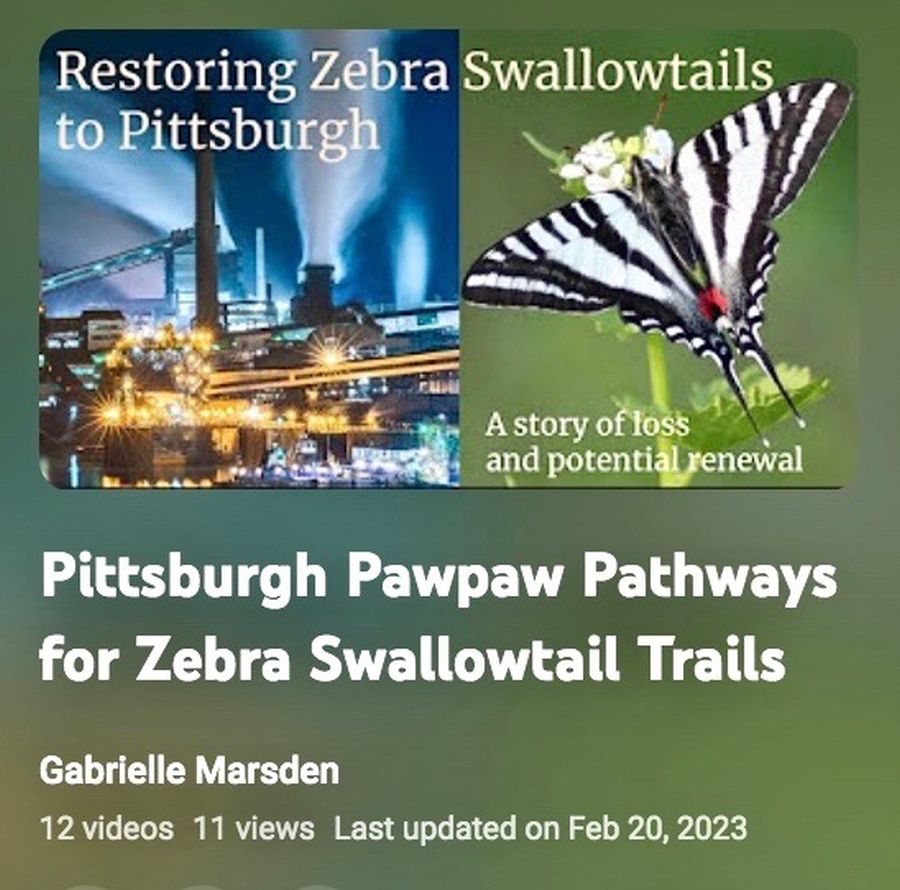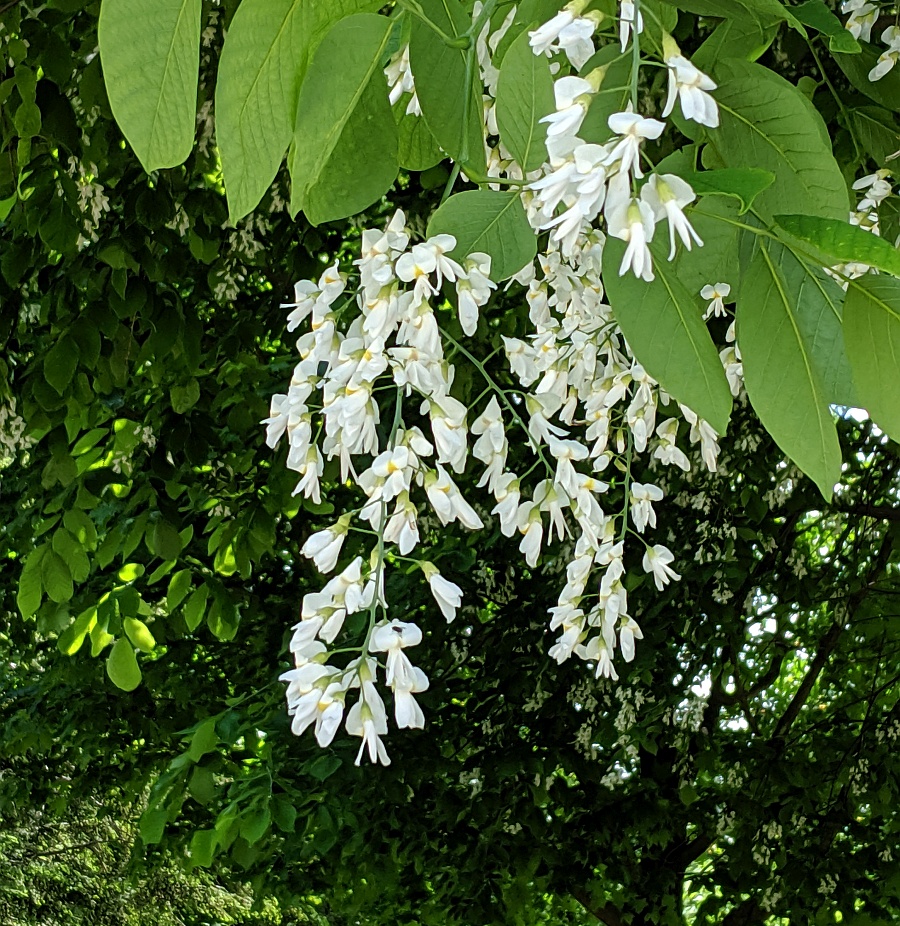
23 November 2024
Now that the leaves have fallen fruits and seeds are prominent in the landscape.
Osage orange (Maclura pomifera) trees have prolific fruit this fall but nothing eats the “monkey balls” so they just lay on the ground to rot. If you crack one open it has sticky latex inside. Who would eat this fruit? The answer is in the video at the end!
The fruiting body of a shaggy mane mushroom (Coprinus comatus) poked up among the leaf litter near Five Points at Moraine State Park.
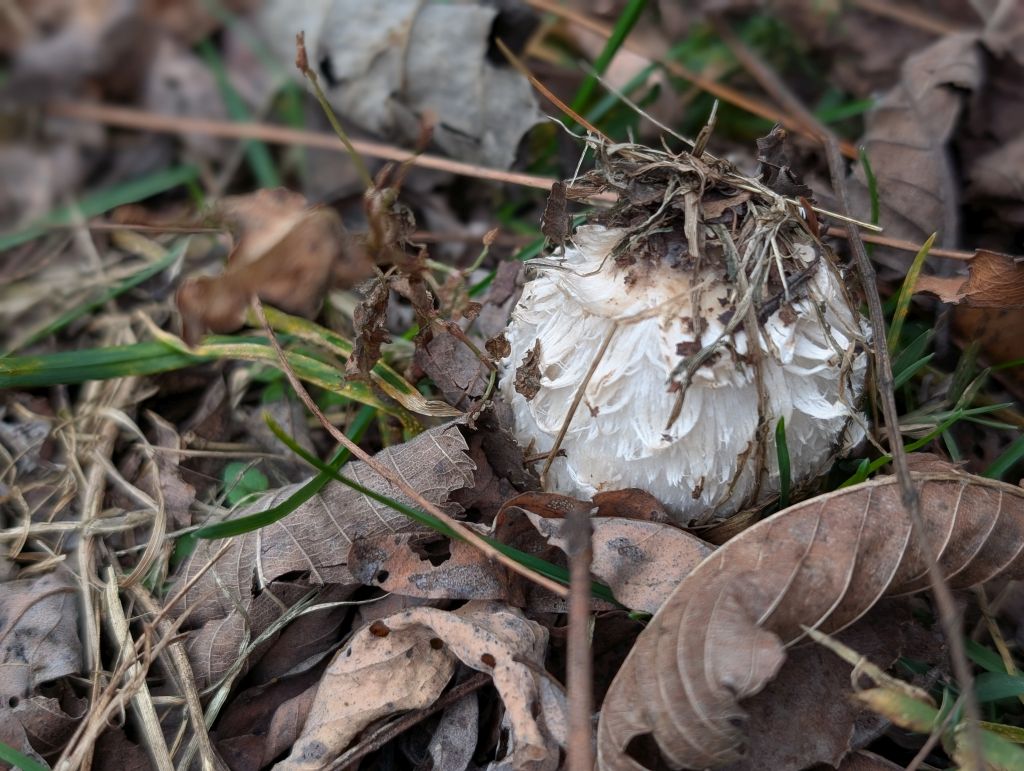
Red fruits of oriental bittersweet (Celastrus orbiculatus) are a favorite food of migrating American robin, protected by a hard yellow-orange skin that pops off in sections. It looks like a squirrel gnawed off this branch and lost his meal.
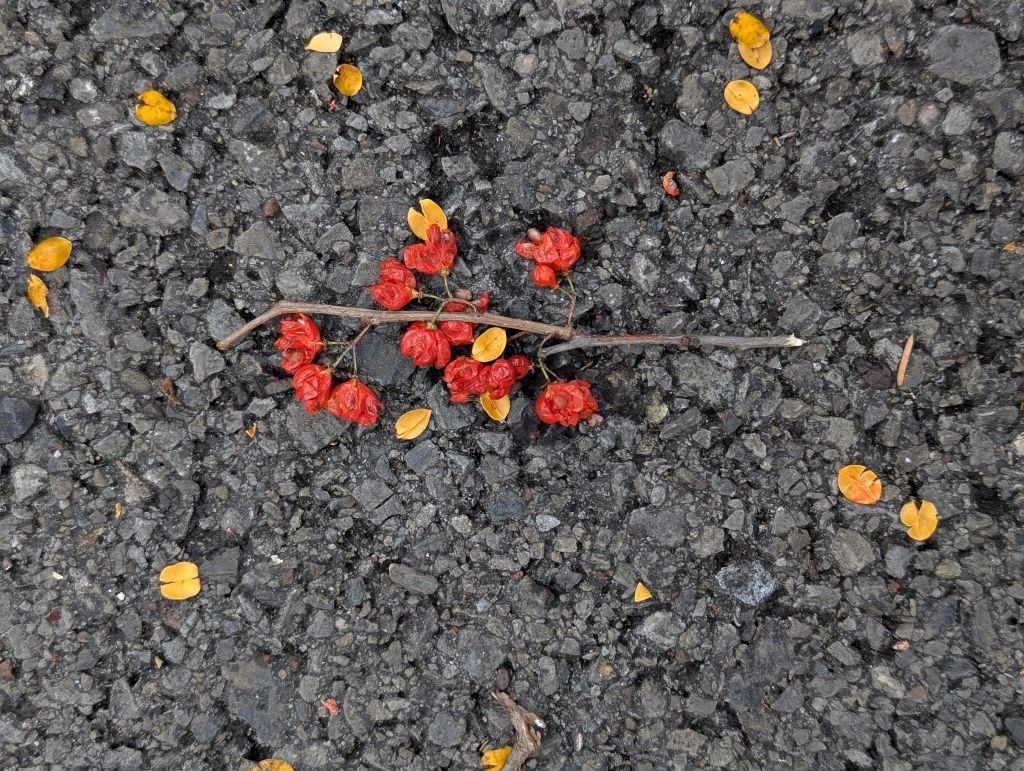
Late boneset has gone to seed in Schenley Park.
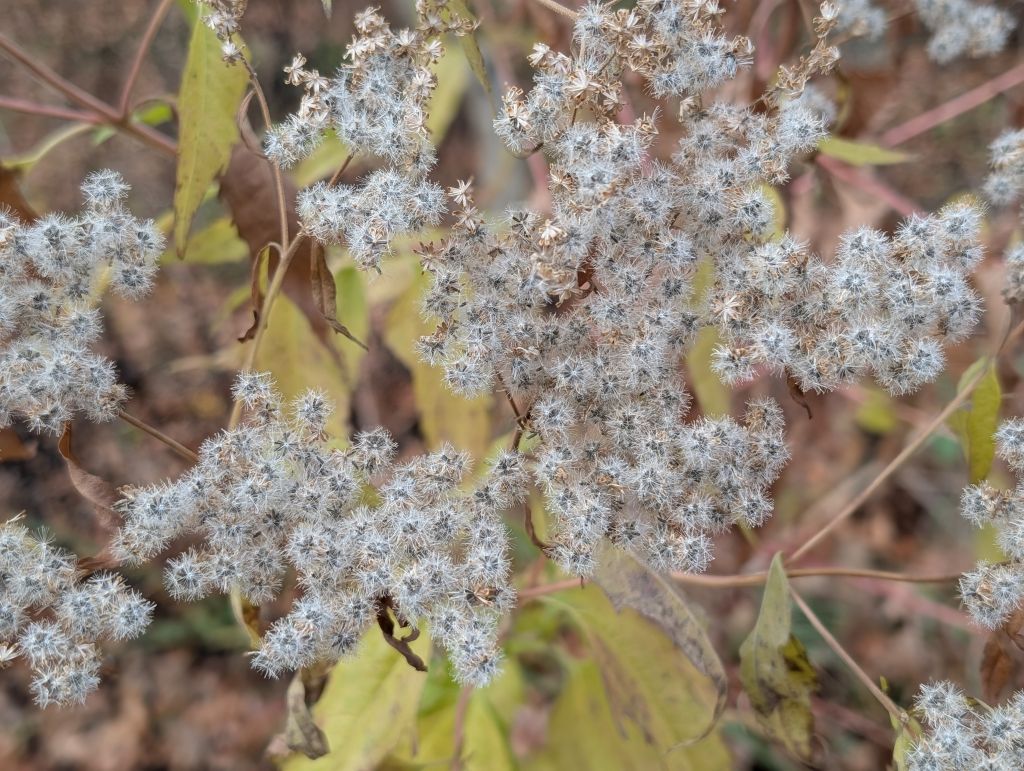
Just a few trees still have leaves. I found this colorful sweetgum along a sidewalk at CMU. Someone ripped a piece off the yellow leaf.

BONUS! Who eats monkey balls?
